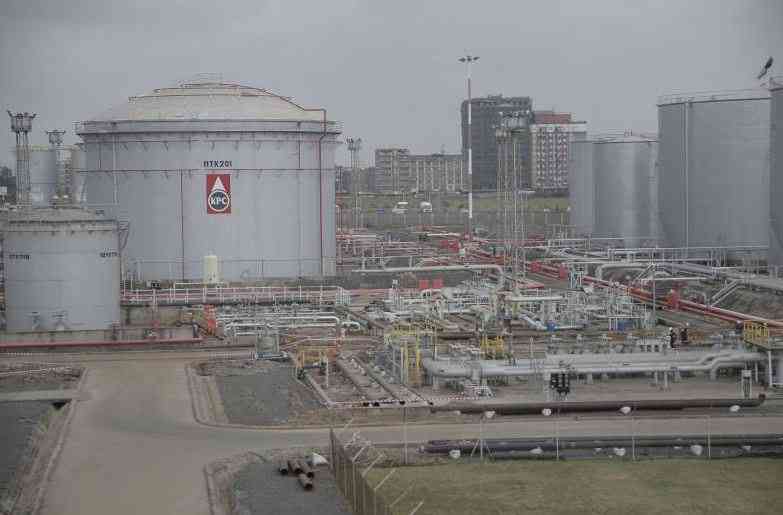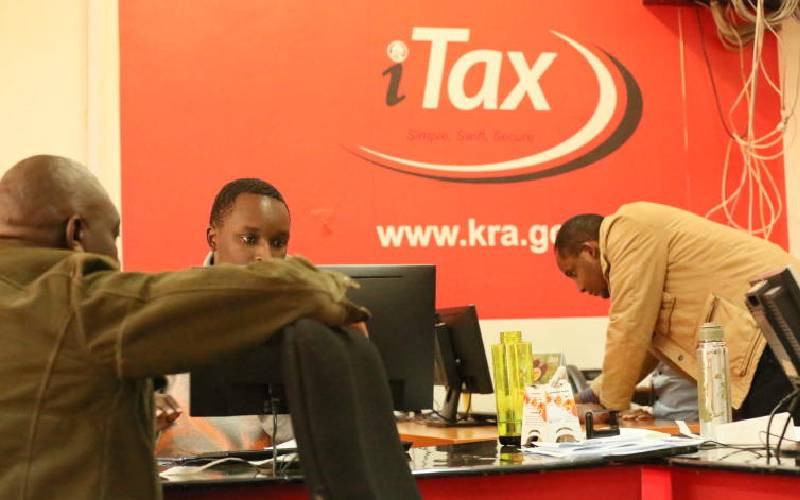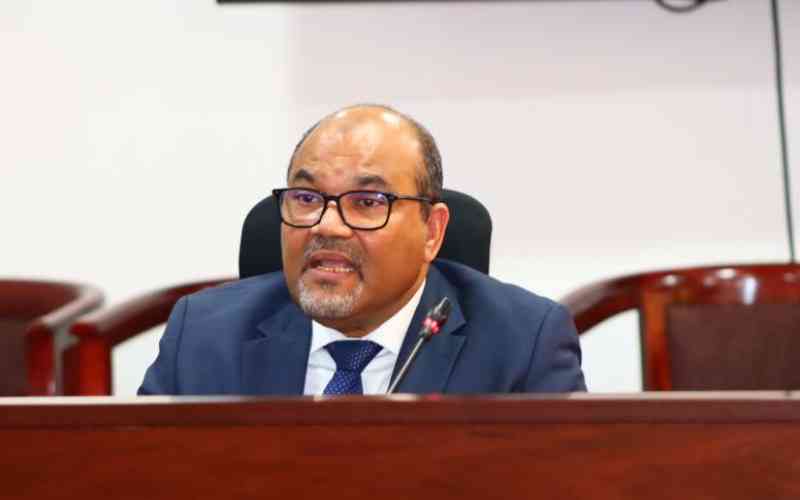
Children in many lower-income countries are critically exposed to the impacts of climate change. The effects of longer and more intense droughts and floods are hampering children's education and overall development - and creating pressures that result that put children more at risk of exploitation.
For example, harmful cultural practices including child marriage, female genital mutilation and child labour are exacerbated during crises caused by climate change. In some communities, parents force their daughters to undergo female genital mutilation, and thereafter marry them off to earn income to support the rest of the family, while boys are likely to drop out of school in search of food as parents struggle to provide for them.







